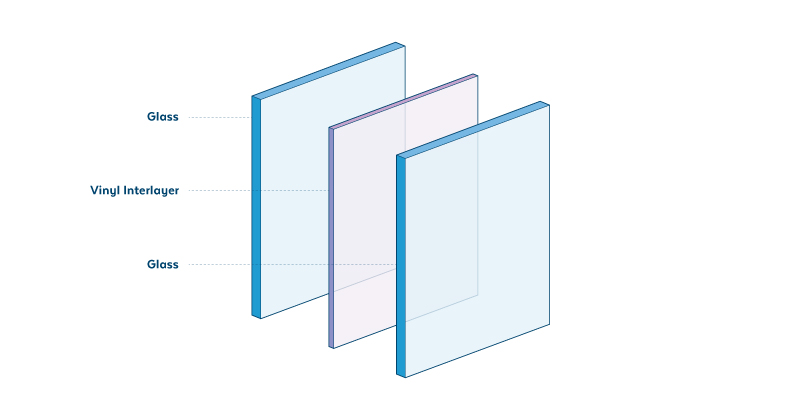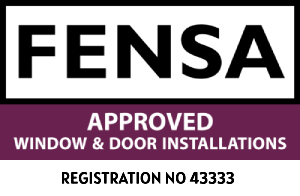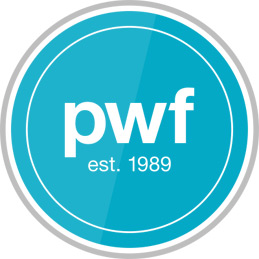Strength in Layers: Toughened vs Laminated Glass Explained for UK Homes & Businesses
When safety, strength, and durability matter most, ordinary glass just doesn’t cut it. That’s where toughened glass and laminated glass come in—two high-performance glazing options used across residential, commercial, and industrial properties throughout the UK.
Whether you're replacing windows, installing a new shopfront, fitting glass balustrades, or upgrading to secure double glazing, understanding the difference between toughened and laminated glass is crucial. In this guide, we’ll explain what makes these types of safety glass unique, where each should be used, and how they compare in terms of security, durability, and compliance with UK building regulations.

Make up of laminated glass

Shattered Toughened Glass
What Is Toughened Glass?
Toughened glass—also known as tempered glass—is created by heating standard float glass to high temperatures (over 600°C) and rapidly cooling it. This thermal tempering process strengthens the glass up to five times more than regular annealed glass.
When broken, toughened glass shatters into small, blunt fragments rather than sharp shards, significantly reducing the risk of serious injury. This makes it an ideal choice for high-risk areas such as:
- Shower screens
- Glass doors and panels
- Balustrades and staircases
- Low-level windows and doors
- Commercial shopfronts
Toughened glass is often required by UK Building Regulations in “critical locations”—areas where human impact is more likely, such as doors, side panels, and windows close to the floor.
What Is Laminated Glass?
Laminated glass is made by bonding two or more sheets of glass together using a durable interlayer—usually polyvinyl butyral (PVB). The result is a single, composite pane that remains in place even when shattered. The interlayer holds the broken glass fragments together, preventing them from falling or causing injury.
This makes laminated glass the go-to solution for applications where both safety and security are paramount. You’ll commonly find laminated glass in:
- Skylights and overhead glazing
- Car windscreens
- Shopfronts and commercial entrances
- Glass floors and stair treads
- Secure glazing and anti-vandal systems
Laminated glass also provides excellent sound insulation and UV protection, making it ideal for residential windows in noisy urban environments or sun-facing properties.
Key Differences Between Toughened and Laminated Glass
Though both are considered types of safety glass, toughened and laminated glass offer different strengths and suit different applications. Here’s how they compare:
1. Safety
Toughened glass is impact-resistant and breaks safely into small pieces. Laminated glass also provides impact resistance, but the added interlayer means the glass stays in place, even when shattered—offering a higher level of post-break safety.
2. Security
Laminated glass offers superior protection against forced entry. The interlayer acts as a barrier, making it difficult to penetrate even if the glass is broken. For this reason, laminated glass is often used in high-security glazing.
3. Sound Insulation
Laminated glass reduces noise transmission better than toughened glass due to the dampening properties of the interlayer. It’s a great choice for properties near busy roads, schools, or railway lines.
4. UV Resistance
The interlayer in laminated glass filters out up to 99% of harmful UV rays, protecting furniture, flooring, and artwork from fading. Toughened glass, unless specially treated, does not offer the same UV protection.
5. Post-Breakage Behaviour
Toughened glass disintegrates into small chunks. Laminated glass may crack, but stays intact thanks to its interlayer—great for preventing accidents and maintaining a physical barrier.
6. Cost
Toughened glass is generally less expensive than laminated glass, making it ideal for areas where impact resistance is key, but security isn’t the top priority. Laminated glass, while more expensive, offers added performance in terms of sound, safety, and break-in resistance.
Can You Combine Toughened and Laminated Glass?
Yes—you can. Some high-performance safety glass is both toughened and laminated. These products combine the strength of tempered glass with the resilience and retention properties of laminated glass. They’re often used in structural applications such as glass floors, large glass roofs, public buildings, and sports venues.
Meeting UK Building Regulations
Both laminated and toughened glass are compliant with UK safety standards, but the specific requirements depend on where the glass is being installed. For instance:
- Critical locations (within 800mm of floor level or in doors) require safety glazing—either toughened or laminated.
- Overhead glazing (e.g. skylights or canopies) often requires laminated glass to prevent falling debris.
- Balustrades and structural glass should meet stringent safety codes and may need to be toughened, laminated, or both.
Always consult a certified glazing professional when specifying glass for regulated areas.
Where to Use Toughened vs Laminated Glass
Choosing between toughened and laminated glass comes down to the environment and safety requirements:
- Use toughened glass in kitchens, bathrooms, internal doors, partitions, and shower screens—areas where breakage is a concern, but not necessarily high-security.
- Use laminated glass for front doors, shopfronts, roof lights, balcony balustrades, and anywhere that needs enhanced protection or noise reduction.













Great post! Glazing is such an important aspect of both aesthetics and energy efficiency in modern buildings. It’s amazing how the right glass choices can completely transform a space while also improving insulation and reducing noise. Thanks for sharing!